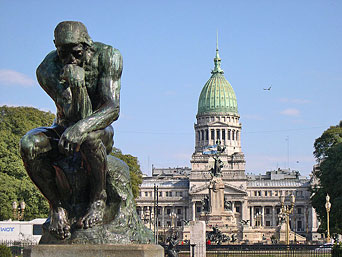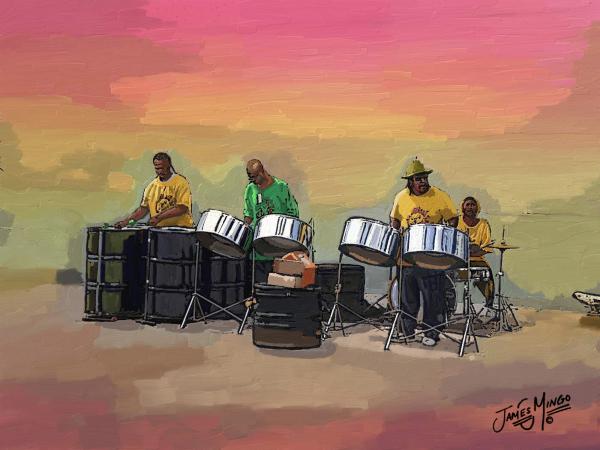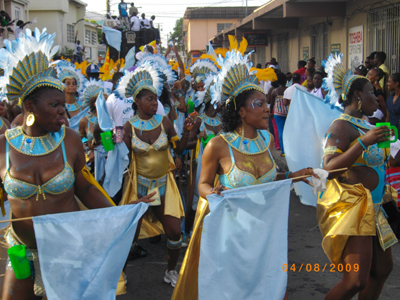When I realized I was doing Argentina this week, the first
thing that ran through my mind was “Don’t Cry For Me Argentina.” Of course I
know there’s got to be more to Argentina than one piece of history brought to
us by Andrew Lloyd Webber. Located in the southern part of South America, it’s
the second largest country on the continent (after Brazil). In fact, it’s the
eighth largest country in the world, when it comes to area. The land itself is as diverse as its
people. The Andes mountains (not to be confused with Andes Mints. Mmm…) border
the western side of the country, while there are rich fertile plains in the
northern part of the country, called The Pampas. They are subject to some
volcanic activity along the mountainside border with Chile as well as
earthquakes.
 |
| The Pampas |
| Rio de la Plata |
Located on the Atlantic Ocean side in the Rio de la Plata, the
capital Buenos Aires has almost 13 million people in it. It’s one of the largest
metropolitan areas in South America, bringing a lot of diversity to the area. Roughly
92% of Argentines identify themselves as Roman Catholic, but less than 20% are
actually practicing. Having access to clean water, sanitation, and medical
supplies are contributing factors to why most Argentines have a fairly long
life expectancy. (Although there
are some risks for communicable diseases in the poorer and/or less urbanized
areas, of course.)
The name Argentina itself comes from the fact that Spanish
explorers were following a rumor there were large silver deposits in the mountains,
for which there were none found in the area where they landed. The Latin word
for silver was argentum. (In fact in French, also based from
Latin, the word for both silver and money is the word argent.) I think this is hilarious in a sort of anti-climactic way.
The capital Buenos Aires roughly means “fair winds” after the long form of the
city name that was named after the patron saint of Sardinia: Ciudad de la
Santísima Trinidad y Puerto de Santa María del Buen Aire. I can understand why
they’d just call it Buenos Aires. Mostly because it saves in ink on government
forms, I imagine.
 |
| Buenos Aires, Argentina |
Next up: Holidays and Celebrations
Resources:
Wikipedia: “Argentina” “Buenos Aires” “Etymology of Country
Names” “Etymology of Argentina”
CIA World Factbook: Argentina

















